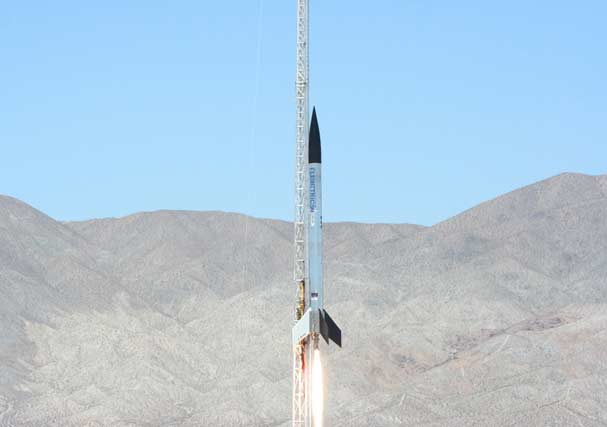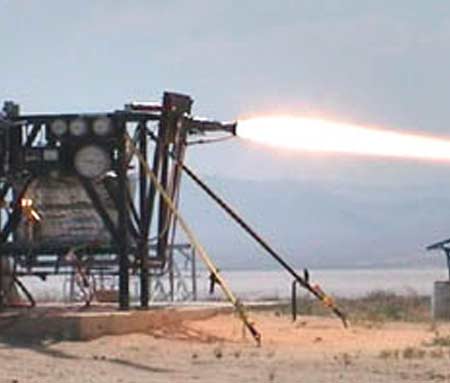To use the pump in a vehicle, a pump would be placed in both the oxidizer and fuel tanks and a third pump or a set of pumps would be used to supply pressurant to a gas generator. The pressurant pump(s) would run on pressurized helium or air. The pump(s) would either supply propellant(s) to a gas generator or liquefied gas to an engine-mounted heat exchanger. Heavy pressurant tanks would not be required. Because the pump weight scales linearly with flow rate and pressure there is no penalty associated with size. Therefore the rocket vehicle can use a number of independent tanks, engines and pumps to ensure redundancy. For example, there could be 6 or more propulsion modules arranged in a ring, if one system failed, the one on the opposite side could be shut down, the remaining engines could be throttled up and the vehicle could continue. Also, because the pump chamber is relatively small, the fuel pressure can be easily controlled to vary the thrust without having to vent pressurant. Analysis of the system and mission will determine the optimum chamber pressure for the vehicle, which will probably be higher than for a pressure fed vehicle and lower than for a vehicle which uses a turbopump.
The pump can be used to replace turbopumps for rocket booster operation or it can be used to replace high pressure tanks for deep space propulsion. It can also be used for satellite orbit changes and station keeping. A launch vehicle could also be built with this system.


